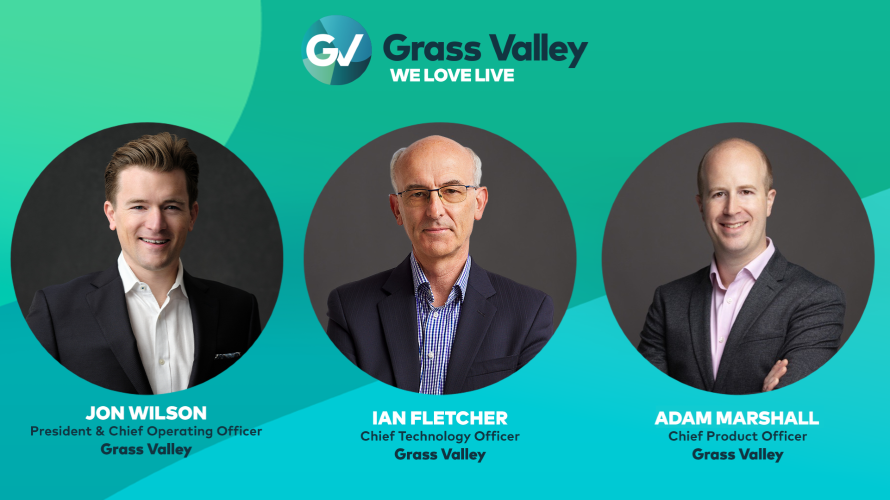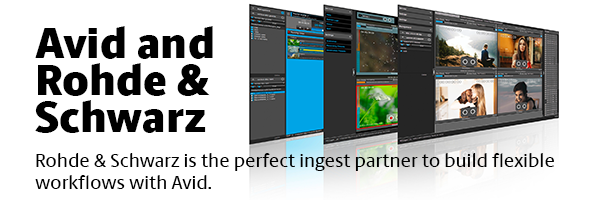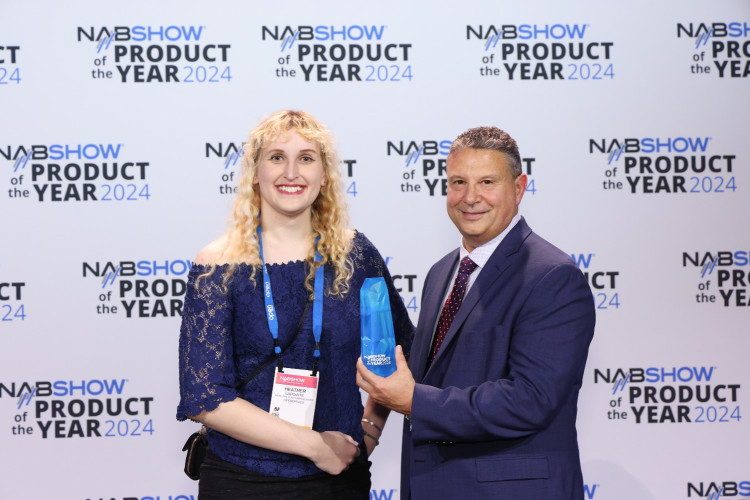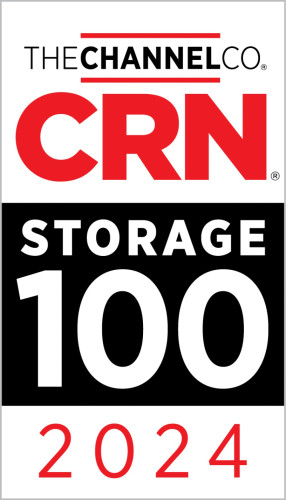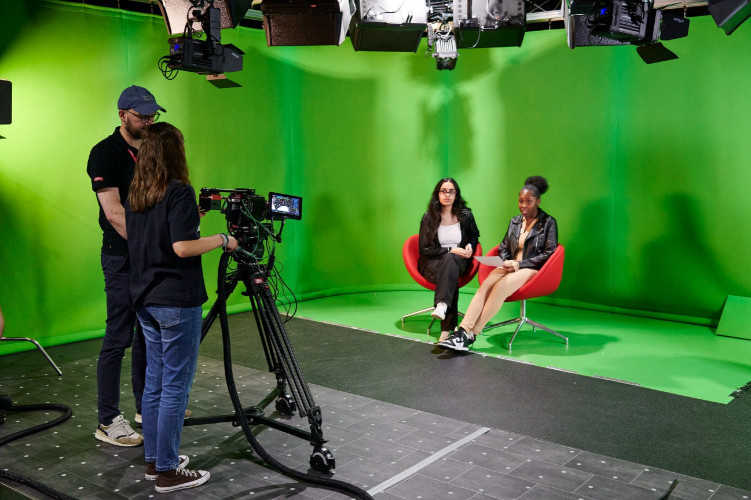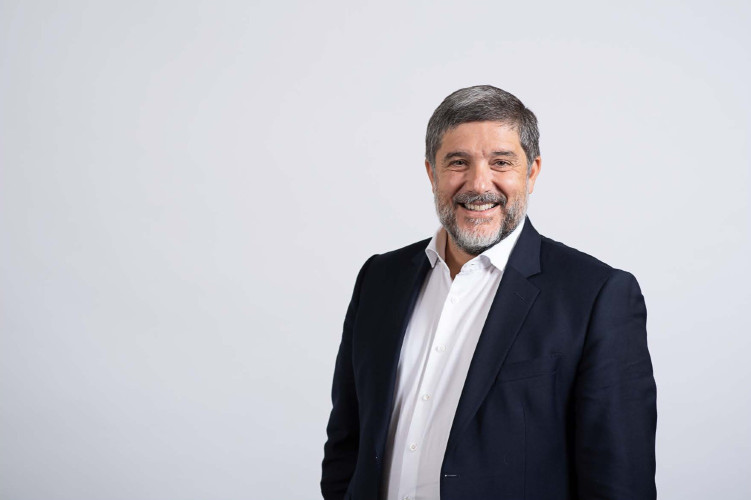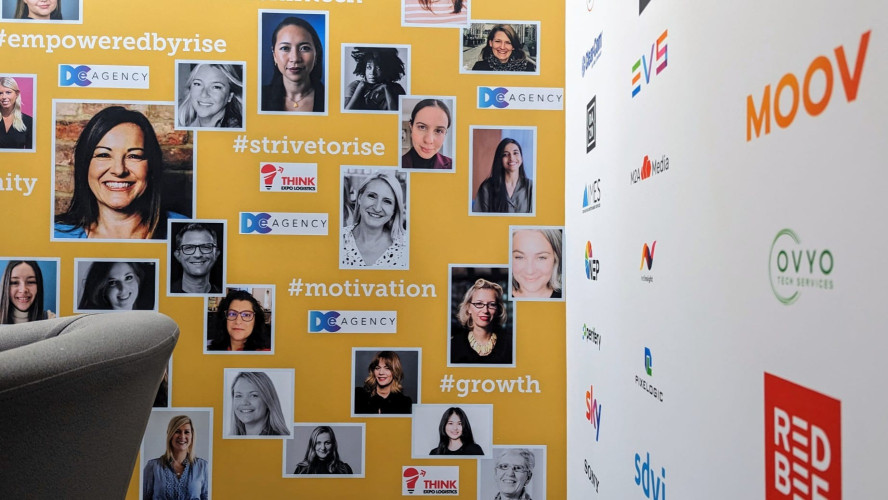What are the most important opportunities and challenges facing the TV industry today

Author: Bob Pank#
Published 1st May 2011
What are the most important opportunities and challenges facing the TV industry today?
To answer this question we need to look more broadly at consumer behaviour and the changing way people are consuming content. Viewers no longer solely want a passive experience with a TV programme in their front room. They want to watch catch-up TV on a laptop, download a phone app on the move engage with content on a tablet or talk about their experiences on social media sites. They want different experiences on each platform, different flavours of content, and they want it all on their personal schedules!
An ‘access anywhere, any time and on any platform’ consumer is having a profound impact on broadcasters, content owners and post houses – and they need to radically re-think how they set up and integrate their workflows and business processes.
While it’s clear that a multi-screen environment brings a wealth of opportunities for content owners, it also brings many challenges. Never has the phrase ‘content is king’ been truer. But with an explosion in content and platforms to view that media on, content owners have to fight much harder for the consumer’s attention. The winners will be the ones who have a strong brand identity, who can remain relevant and adapt best to how consumers want to engage with their brand. The quality of the user experience and the relevance of the content will ultimately determine who wins this battle of the eyeballs.
Traditional broadcasters have had to re-think their business models as ad revenue is now dispersed across so many more channels and platforms diluting their traditional revenue stream. They can’t solely rely on TV advertising anymore and have to adapt to find new revenue opportunities.
This fast-moving, multi-platform landscape means fundamental change for broadcasters and post facilities. It dictates a better thought-through and more streamlined production process. No longer can media owners simply create a one-hour programme – the new media landscape demands multiple versions of the same thing.
Whereas once the mantra was ‘create once, watch once’, it’s moved on from ‘create once, use anywhere’ to today’s ‘create once, version anywhere’ environment. Consumers are becoming more demanding and have higher quality expectations from the media they interact with. It’s not just a question of repurposing a piece of TV content to fit a mobile phone screen. Consumers want a different experience with each piece of media depending on when and how they access it.
So broadcasters and post houses are faced with a conundrum - the amount of production effort has increased, specific viewership has gone down (although aggregate viewship is on an increase it is now spread over many more outlets), and budgets have been squeezed. They’re forced to do more for less. This means they have to work smarter using more adaptive and collaborative workflows.
What is the media industry doing to address these opportunities and challenges?
The key is establishing a truly collaborative environment, where all of this media and all of these platforms are interconnected. The consistency of the user experience is crucial, no matter where they come into contact with the brand. So, to help deliver on this experience, media companies need to improve intra-facility collaboration so everyone involved has better access to the core content.
Facilities will have to rebalance their workflows so the functionality of a system can be geared around the role of the user. So we’re beginning to see the development of multi-role user production platforms. Unified toolsets, which present themselves in different ways depending on the application, function and user, will become the norm. For example, a journalist editor and craft editor need access to similar functions but the creative process and end product is slightly different. Facilities will need these flexible tools offering critical functions, and facility staff can be given different access to different features depending on their role. This also helps in the rebalancing of resources as needs change or as new business models are tested.
We’re also seeing greater reliance on media asset management systems and high-capacity storage, retrieval and archiving solutions to support this growing need to find, access, store, manage and monetise assets. The real question for broadcasters, post houses and content owners is how can they manage this content in the most cost-effective, efficient and profitable manner? How can they find a simple way to find, license and realise the value of each piece of content, whether it’s old archive footage or a recently shot field clip.
So what makes an effective Media Enterprise?
The Integrated Media Enterprise (IME) is a framework Avid has been communicating to help customers capitalize on the advantages of these new market opportunities and overcome the inherent challenges of today’s content creation, management and distribution requirements. Avid’s view is that a comprehensive Integrated Media Enterprise has three main criteria. It needs to agile. It needs to be collaborative. And it needs to be open.
Workflows need to be agile as facilities just cannot possibly know what the future of the media landscape will hold. Consumers are fickle, technology moves rapidly, and new formats and platforms are being introduced all the time. Broadcasters and facility owners need to make sure that their upfront investments can be quickly and easily adapted to take advantage of future opportunities and technologies.
Today’s facility also needs to enable collaboration – all functions need to be interconnected. By viewing products not simply as standalone technologies but more as interconnected functions, facilities will be able to better accommodate the vagaries of the future. Part of this is technology, but it also comes down to people. Facilities will need to think more carefully about the roles of its staff, and the overriding need to access media from anywhere inside and outside the facility. IME is all about workflow orchestration. If everything is properly integrated, it enables more automated processes, which in turn boosts productivity. For example, if during ingest, staff can be delivering material directly to an edit suite or an on-air server, or into an archive without having to manually reroute the delivery, this will improve the efficiency and speed of the facility.
Finally, an effective enterprise system needs to be open. Gone are the days of the ‘hero suite.’ In today’s media environment, everything needs to work with everything else, and no one system can do everything. Facilities want to be able to pick and choose best of breed technologies to get the best quality results and most efficient workflows. They also need the ability to change one component in the workflow without breaking any of the upstream or downstream processes.
Allied to this, the role of the systems integrator or manufacturer consulting practices such as Avid’s Professional Services division, is becoming ever more important. No longer is it a simply a question of manufacturers supplying boxes. Now, facility owners and broadcasters are asking for help to plan, implement and support their workflows, not to mention re-training their staff.
Put simply, everything and everyone needs to work together to ensure the facility and broadcaster of the future reap the rewards of this dynamic and multi-platform media landscape – and continue to satisfy the demands of tomorrow’s consumer.



